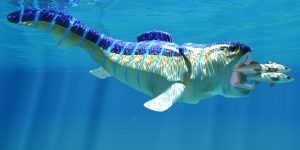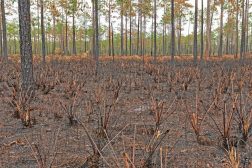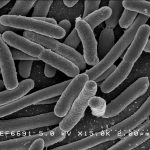S factor
The individual variables, or empirically most minute subclusters of intercorrelations or common variance, found in different intelligence tests (specific).
You will also like...

Fish
The sea was teeming with life. Eventually, through reproduction and continued variation, fish came about. There are over 20 000 species of fish, all of which have diversified over time. In this tutorial, the different factors that helped shape fish as we know them today are presented...

Ecosystem Succession
If the balance of nature is left untouched, landscapes can change dramatically over time. A previous ecosystem is superseded by the arrival of a newer ecosystem. This is known as ecosystem succession. Learn more about it here...

Plant Water Regulation
Plants need to regulate water in order to stay upright and structurally stable. Find out the different evolutionary adaptations of plants in terms of structure (e.g. stomata) and physiological mechanisms (e.g. root pressure, capillarity, transpiration pull, curving of leaves, etc.) that enabled them to maintain the appropriate water level...

IQ, Creativity and Learning
Human intelligence provided the means to utilize abstract ideas and implement reasoning. This tutorial takes a further look at the brain and its capabilities of it to be used to human advantage in daily life..

Plant Metabolism
Plants are responsible for incredible feats of molecular transformation. Plant processes, such as photosynthesis, photophosphorylation, chemiosmosis, carbon fixing reactions, respiration, are presented in this tutorial...

Mātauranga Māori and Science
Mātauranga Māori is the living knowledge system of the indigenous people of New Zealand, including the relationships that Māori have with the environment. This lesson uses the Toheroa Abundance Project as an example of how Mātauranga Māori is influencing ecological outcomes. The lesson is designed to showcase the value of indigenous cultural perspectives and knowledge of the world around us. ..

